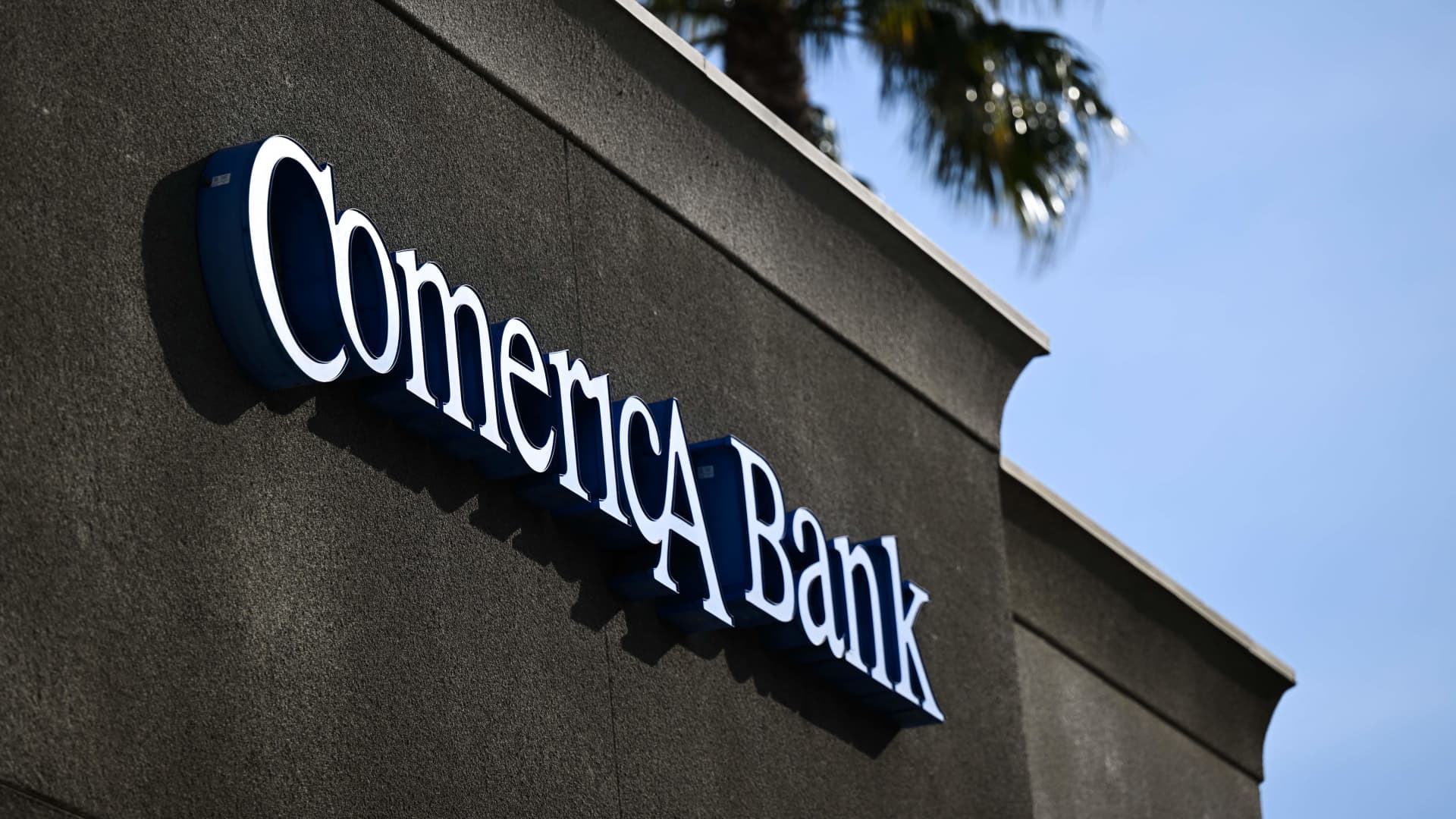A year after the Supreme Court struck down President Biden’s student loan forgiveness plan, he presented a new scheme to the Department of Education on Tuesday. While it is less aggressive than the prior plan, this proposal would cost hundreds of billions of taxpayer dollars, doing more harm than good.
As the legendary economist Milton Friedman noted, “One of the great mistakes is to judge policies and programs by their intentions rather than their results.”
Higher education in America is costly, and this “forgiveness” would make it worse.
Signing up for potentially life-long student loans at a young age is too normalized. At the same time, not enough borrowers can secure jobs that offer adequate financial support to pay off these massive loans upon graduation or leaving college. These issues demand serious attention. But “erasing” student loans, as well-intentioned as it may be, is not the panacea Americans have been led to believe.
Upon closer examination, the President’s forgiveness plan creates winners and losers, ultimately benefiting higher-income earners the most. In reality, this plan amounts to wealth redistribution. To quote another top economist, Thomas Sowell described this clearly: “There are no solutions, only trade-offs.”
Forgiving student loans is not the end of the road but the beginning of a trade-off for a rising federal fiscal crisis and soaring college tuition.
When the federal government uses taxpayer funds to give student loans, it charges an interest rate to account for the cost of the loan. To say that all borrowers no longer have to pay would mean taxpayers lose along with those who pay for it and those who have been paying or have paid off their student loans.
According to the Committee for a Responsible Federal Budget, student debt forgiveness could cost at least $360 billion.
Let’s consider that there will be 168 million tax returns filed this year. A simple calculation suggests that student loan forgiveness could add around $2,000 yearly in taxes per taxpayer, based on the CRFB’s central estimate.
Clearly, nothing is free, and the burden of student loan forgiveness will be shifted to taxpayers.
One notable feature of this plan is that forgiveness is unavailable to individuals earning over $125,000 annually. In practice, this means that six-figure earners could have their debts partially paid off by lower-income tax filers who might not have even pursued higher education. This skewed allocation of resources is a sharp departure from progressive policy.
Data show that half of Americans are already frustrated with “Bidenomics.”
Inflation remains high, affordable housing is a distant dream, and wages fail to keep up with soaring inflation. Introducing the potential of an additional $2,000 annual tax burden at least for those already struggling, mainly to subsidize high-income earners, adds insult to injury.
Furthermore, it’s vital to recognize that the burden of unpaid student loans should not fall on low-income earners or Americans who did not attend college. Incentives play a crucial role in influencing markets.
By removing the incentive for student loan borrowers to repay their debts, we may encourage more individuals to pursue higher education and accumulate debt without the intention of paying it back. After all, why would they when it can be written off through higher taxes for everyone?
The ripple effect of this plan could be far-reaching.
It may make college more accessible for some, opening the floodgates for students and the need for universities to expand and hire more staff, leading to even higher college tuition. This perverse incentive will set a precedent that will create a cycle of soaring tuition, which would counteract the original goal of making higher education more affordable.
While the intention behind President Biden’s student loan forgiveness may appear noble (in likelihood, it is a rent-seeking move), the results may prove detrimental to our nation’s economic stability and fairness. And if the debt is monetized, more inflation will result.
Forgiving student loans will exacerbate existing problems, with the brunt of the burden falling on lower-income Americans. Instead of improving the situation, it will likely create an intricate web of financial consequences, indirectly affecting the very people it aims to help. But that is the result of most government programs with good intentions.
Vance Ginn, Ph.D., is president of Ginn Economic Consulting, chief economist or senior fellow at multiple state thinks across the country, host of the Let People Prosper Show, and previously the associate director for economic policy of the White House’s Office of Management and Budget, 2019-20. Follow him on X.com @VanceGinn.
















